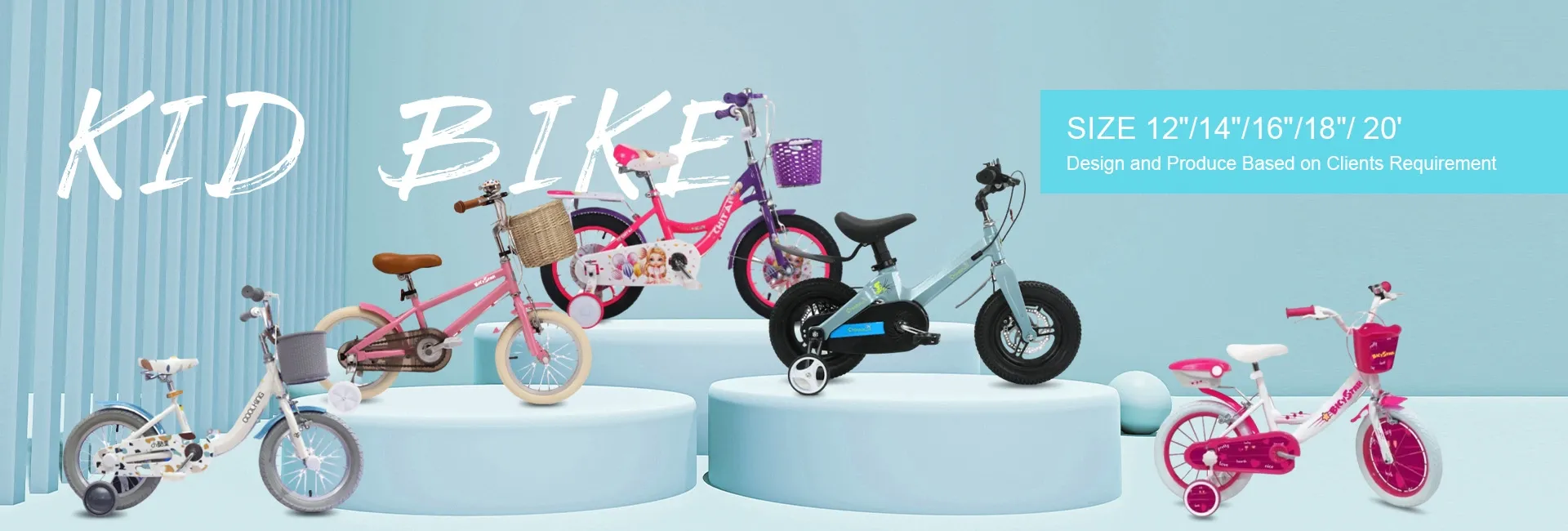
- Afrikaans
- Albanian
- Amharic
- Arabic
- Armenian
- Azerbaijani
- Basque
- Belarusian
- Bengali
- Bosnian
- Bulgarian
- Catalan
- Cebuano
- Corsican
- Croatian
- Czech
- Danish
- Dutch
- English
- Esperanto
- Estonian
- Finnish
- French
- Frisian
- Galician
- Georgian
- German
- Greek
- Gujarati
- Haitian Creole
- hausa
- hawaiian
- Hebrew
- Hindi
- Miao
- Hungarian
- Icelandic
- igbo
- Indonesian
- irish
- Italian
- Japanese
- Javanese
- Kannada
- kazakh
- Khmer
- Rwandese
- Korean
- Kurdish
- Kyrgyz
- Lao
- Latin
- Latvian
- Lithuanian
- Luxembourgish
- Macedonian
- Malgashi
- Malay
- Malayalam
- Maltese
- Maori
- Marathi
- Mongolian
- Myanmar
- Nepali
- Norwegian
- Norwegian
- Occitan
- Pashto
- Persian
- Polish
- Portuguese
- Punjabi
- Romanian
- Russian
- Samoan
- Scottish Gaelic
- Serbian
- Sesotho
- Shona
- Sindhi
- Sinhala
- Slovak
- Slovenian
- Somali
- Spanish
- Sundanese
- Swahili
- Swedish
- Tagalog
- Tajik
- Tamil
- Tatar
- Telugu
- Thai
- Turkish
- Turkmen
- Ukrainian
- Urdu
- Uighur
- Uzbek
- Vietnamese
- Welsh
- Bantu
- Yiddish
- Yoruba
- Zulu
Dec . 14, 2024 06:41 Back to list
carbon fiber ebike
The Rise of Carbon Fiber E-Bikes Revolutionizing Sustainable Transportation
In recent years, the world has witnessed a significant shift towards sustainable transportation, and electric bicycles (e-bikes) have emerged as a popular choice for eco-conscious commuters. Among the latest innovations in this space is the use of carbon fiber in the construction of e-bikes, a development that promises to redefine the performance, efficiency, and overall riding experience.
Carbon fiber, known for its strength and lightness, has been a game-changer in various industries, including aerospace, automotive, and sporting goods. Its introduction into the e-bike market has garnered attention from manufacturers and consumers alike, driven by the desire for higher performance and sustainability. One of the primary advantages of carbon fiber is its remarkable strength-to-weight ratio. E-bikes made from carbon fiber are significantly lighter than their aluminum or steel counterparts, often weighing 20% to 50% less. This reduction in weight allows for easier handling, improved speed, and enhanced maneuverability, making it easier for riders to navigate urban environments or tackle challenging terrains.
The Rise of Carbon Fiber E-Bikes Revolutionizing Sustainable Transportation
Another critical benefit of carbon fiber is its durability. Unlike metal frames that can corrode over time, carbon fiber is resistant to rust and environmental degradation. This means that e-bikes made from carbon fiber can withstand the rigors of daily use without deteriorating in performance or appearance. Additionally, carbon fiber has excellent vibration-dampening properties, providing a smoother ride over bumpy roads and rough terrains, enhancing the overall riding experience.
carbon fiber ebike

The aesthetics of carbon fiber e-bikes also contribute to their appeal. The sleek, modern design of carbon fiber frames not only looks striking but also allows for more creative and aerodynamic designs. Manufacturers are exploring various shapes and configurations that would enhance speed and efficiency without sacrificing style. Customization is also possible, allowing riders to express their personal style while enjoying the benefits of a high-performance bike.
However, the introduction of carbon fiber into e-bike design does come with challenges, mainly concerning cost. Carbon fiber is more expensive to produce than traditional materials, which could lead to higher retail prices for consumers. Nonetheless, as manufacturing techniques advance and the technology matures, it is likely that prices will decrease, making carbon fiber e-bikes more accessible to a broader audience.
Environmental concerns and the global push for reduced carbon footprints are driving the demand for innovative transportation solutions. E-bikes, particularly those utilizing carbon fiber technology, align perfectly with this goal, offering an efficient and sustainable way to commute. As cities continue to embrace cycling as a viable mode of transportation, the trend towards lightweight, durable, and stylish e-bikes is poised to grow.
In conclusion, carbon fiber e-bikes represent a pivotal advancement in the realm of sustainable transportation. With their light weight, enhanced durability, modern aesthetics, and impressive performance, they are set to make a significant impact on urban mobility. As technology continues to evolve and more riders recognize the benefits of e-bikes, the future of carbon fiber in this sector appears bright, heralding a new era of eco-friendly commuting.
-
The Ultimate Kids' Four-Wheeler Experience
NewsJul.09,2025
-
The Ultimate Guide to Mountain Bikes: Gear Up for Your Ride
NewsJul.09,2025
-
The New Age of Cycling: Electric Bikes for Every Rider
NewsJul.09,2025
-
The Best Kids Bicycles: Ride in Style and Safety
NewsJul.09,2025
-
The Best 3-Wheel Scooters for Kids: Fun, Safety, and Adventure
NewsJul.09,2025
-
Revolutionize Your Ride: Affordable Electric Bikes
NewsJul.09,2025
-
Finding the Perfect Mountain Bike for Every Rider
NewsJul.09,2025



